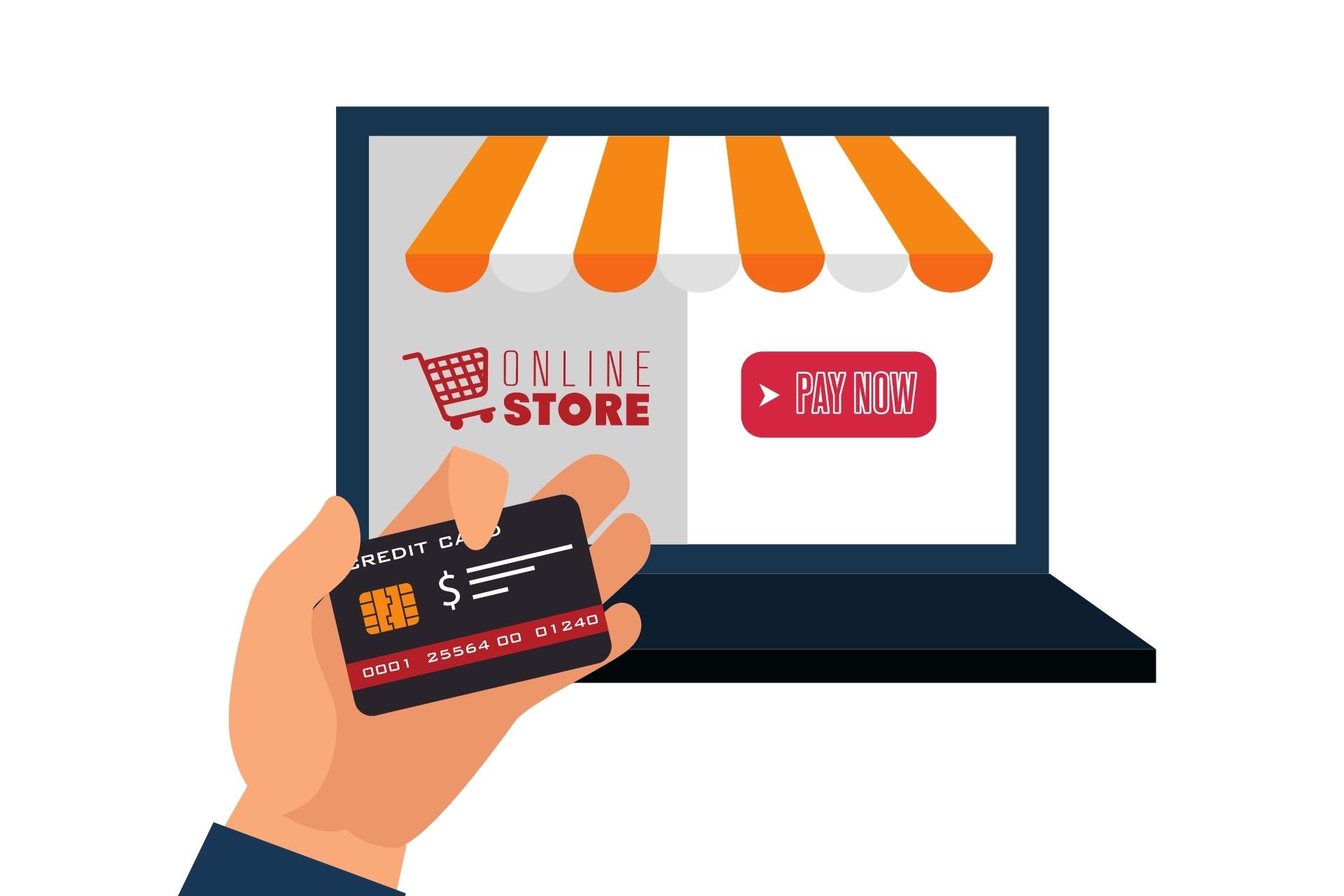4 must-have strategies for a successful online store

Article featured on A1 Retail website: https://www.a1retailmagazine.com/
 By Alan Chester, VP of eCommerce at Luzern
By Alan Chester, VP of eCommerce at Luzern
With the adoption of online shopping continuing to soar, brands are evolving their eCommerce strategies and upscaling their digital storefronts. While attractive and functional web stores are essential to reach and engage existing customers, entice new buyers, and grow conversion rates – brands must do more, or risk being left behind.
This article features the four must-have strategies every brand should embrace for online success.
1. Deliver exceptional customer experiences
Customers are more demanding than ever before. They want an experience that is fast and easy, and they want what they want when they want it. To meet the expectations of today’s digital shoppers, brands must engage customers with personalised and rich content. This can be accomplished in the form of exclusive offers to your most valued customers or targeted emails with relevant and timely promotions.
2. Reward loyalty and increase the customer lifetime value
Every brand has experience with reactive one-time buyers. The trick is to turn those buyers into loyal customers. Lucrative bottom of the funnel marketing strategies include:
Using digital coupons: In today’s always-on, digital world, shoppers are open to preloading coupons on their devices and searching for deals at the checkout. By using unique or one-time use codes, brands can drive repeat business.
Reducing shopping cart abandonment: It goes without saying that buyers with lower value orders are more likely to abandon their cart if shipping costs are too high. To decrease the number of abandoned carts, it’s important to inform customers at the start of their shopping journey of shipping costs and any other associated fees. Also, brands can reduce lost sales by harnessing the power of data analysis to investigate why their buyers may not be reaching the end of the checkout process. Tracking the abandonment process and then benchmarking this figure is a good starting point to experiment with A/B or split testing.
3. Deliver fast and frictionless delivery from the warehouse
Slow or fragmented delivery can impact the buying experience, negatively affecting brand perception, eroding trust, and resulting in customer frustration. To meet customer demands, there’s a move from traditional warehouse fulfilment models to re-modelling supply chains. By using drop-shipping, brands won’t need to manage inventory, instead, they pass the sales order to a third party for fulfilment and shipment.
4. Consider underlying technology
While the customer interface (front-end) is critical to attract and retain digital shoppers, what’s ‘under the hood’ (back-end) is equally as important. Headless commerce – the decoupling of the front-end presentation layer of a website from the back-end eCommerce functionality – is more than just the shopping trolley. To monitor sales and competitor performance, brands require a technology that delivers experience-driven commerce that is underpinned by effective analytics. In addition, it’s essential to understand who your customers are and how they like to shop. By using shopper behaviour data, brands will be in a better position to understand their customers’ digital footprints and improve their selling strategy.
Taking the digital store to the next level
Orchestrating an innovative eCommerce strategy requires a partner that is an expert in Direct-to-Consumer Webstores. Utilising technology solutions provided by a partner, the brand could receive real-time alerts and triggers to control sales margins, helping them to position themselves against competitors, and drive more conversions.
So What’s next?

